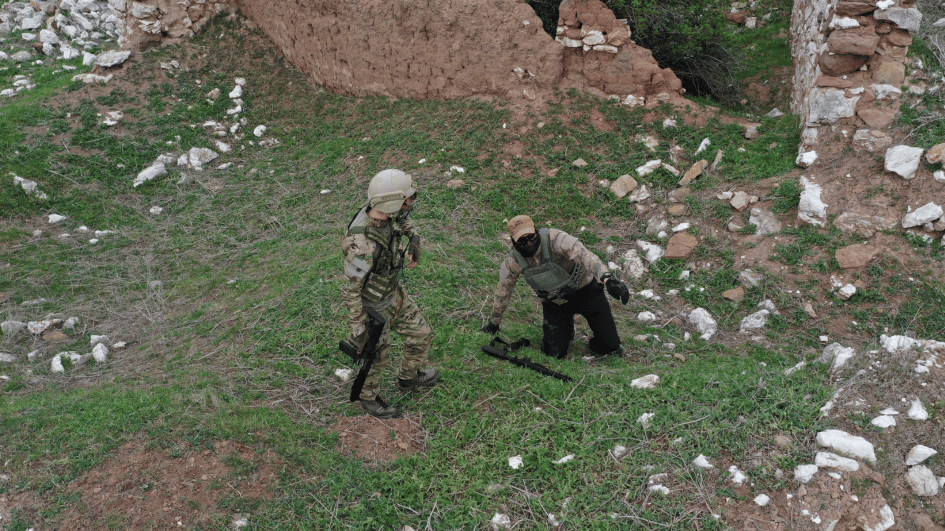Save the eurozone with a ban on hieroglyphics
What the world needs in place of another wrenching debate over the virtues of credit rating agencies after last week’s nine-nation eurozone downgrade is a clearer understanding of the work of these seers: Standard & Poor’s, Moody’s and Fitch.
It’s time to turn this over to the next generation. I’d suggest a group of students from Izmir Economics University, Ankara’s TOBB Economy and Technology University or perhaps another.
For openers, here’s a question: What’s the difference between a national sovereign rating of “AA+” vs. “Aa1”? Absolutely nothing. Both are different ways of saying the same thing, basically second from the top of a 21-point scale. The first example is the new score given France and Austria Friday by Standard & Poor’s that – along with other credit downgrades – set off a new crisis in the eurozone. The second is the same “No. 2” ranking likely to follow for both countries in the hieroglyphics of S&P rivals, Fitch and Moody’s.
There are lots of things the rating agencies should answer for, such as how Libya, with its oil production suspended, sustained a better score throughout most of its civil war than Turkey, one of the world’s best-performing economies. But these kinds of debates, of which there are many, ignore the foundational question: Just why do these folks insist on communicating with hieroglyphics in the first place? If you think the various ways long-term ratings are made is confusing, examine the short-term methodology. Short term “lower medium grade” is presented as “P-3,” “A-3” or “F3” depending on whose chart you are looking at.
It’s as if every optometrist devised his own system to write you a prescription for new glasses. No wonder the eurozone can’t see straight.
To date, only one country has had the courage to note the emperor’s lack of clothes. Last summer, the Securities and Exchange Board of India issued new regulations requiring all rating agencies operating in the country to standardize their jargon.
In the coming days, you will hear lots of complaints about how the “Big Three” rating agencies are compounding the European Union’s economic misery. The downgrade of the creditworthiness of nine eurozone countries may cobble the ongoing rescue of Greece, blunt the sword of the main bailout fund known as the European Financial Stability Facility and escalate tensions between Britain and Germany (the main two escaping a downgrade). But whether these criticisms are fair and justified is not the point I seek to make.
More important is that no one will talk about the basic code of the financial priesthood. Which is why I suggest a group of young minds could come up with something better. A “fever chart” with bright red at the top and green at the bottom? A “dashboard” akin to what Australia uses to grade its environmental progress? No need to wait for rating agencies to clean up their act. They won’t.
So let’s have some students convert their cave paintings to something comprehensible on a weekly basis and email it to all the world’s financial editors. Trust me, they will love the institution that does this. And it could well change the course of financial history.
First group to the chalkboard wins.










